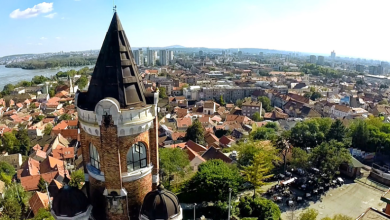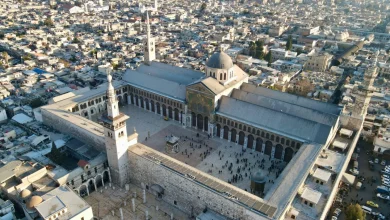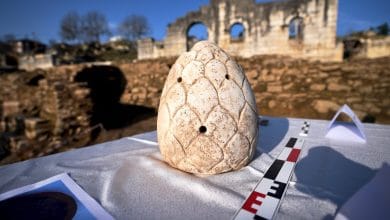Historic Skopje Aqueduct awaits restoration to its former glory
A Neglected Jewel: The Skopje Aqueduct’s Untold History and Restoration Needs
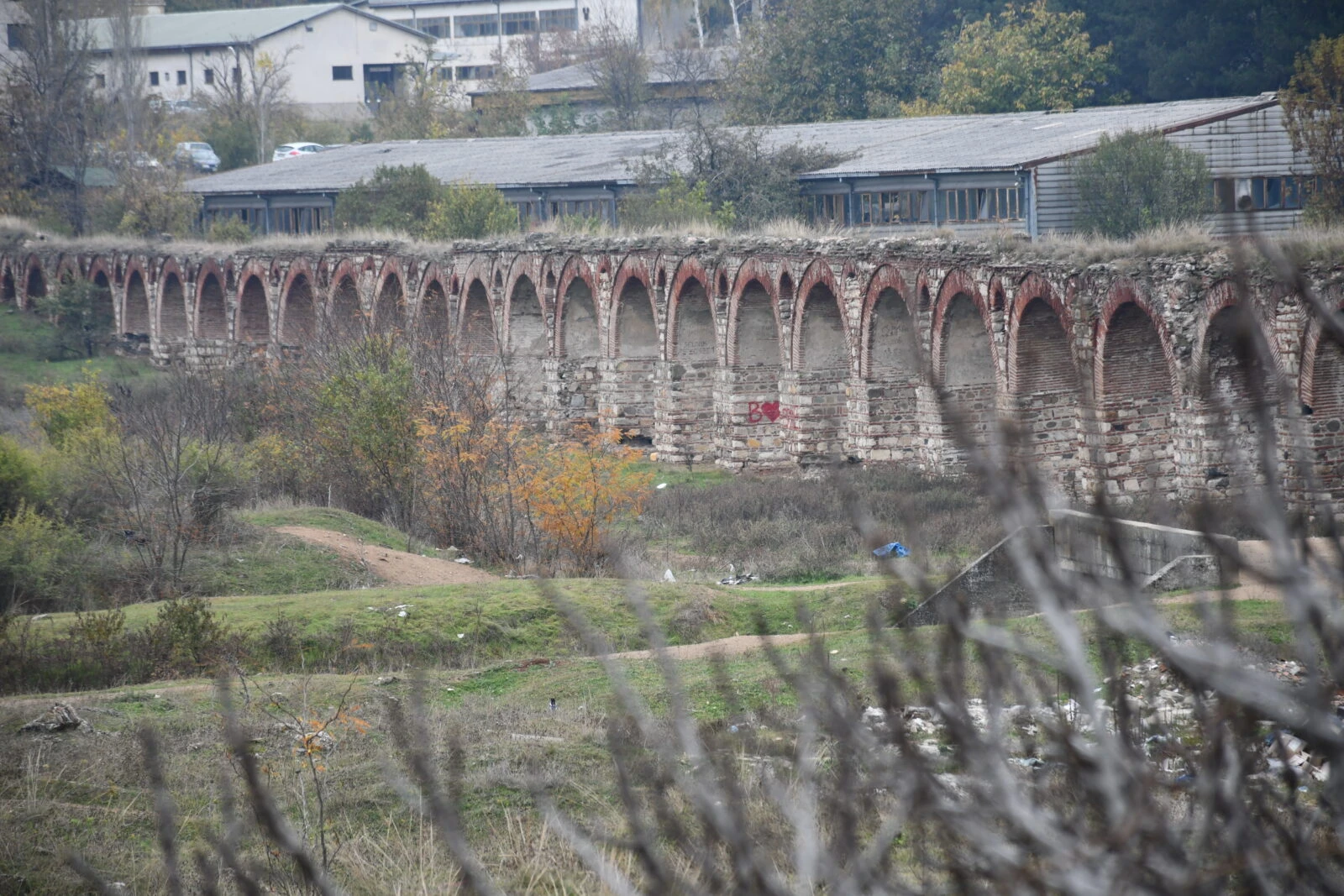
The historic Skopje Aqueduct in North Macedonia’s capital, a rare Balkan treasure, stands in a neglected state, awaiting restoration to regain its former magnificence. Despite recent efforts to preserve the site, these measures have fallen short of protecting its grandeur.
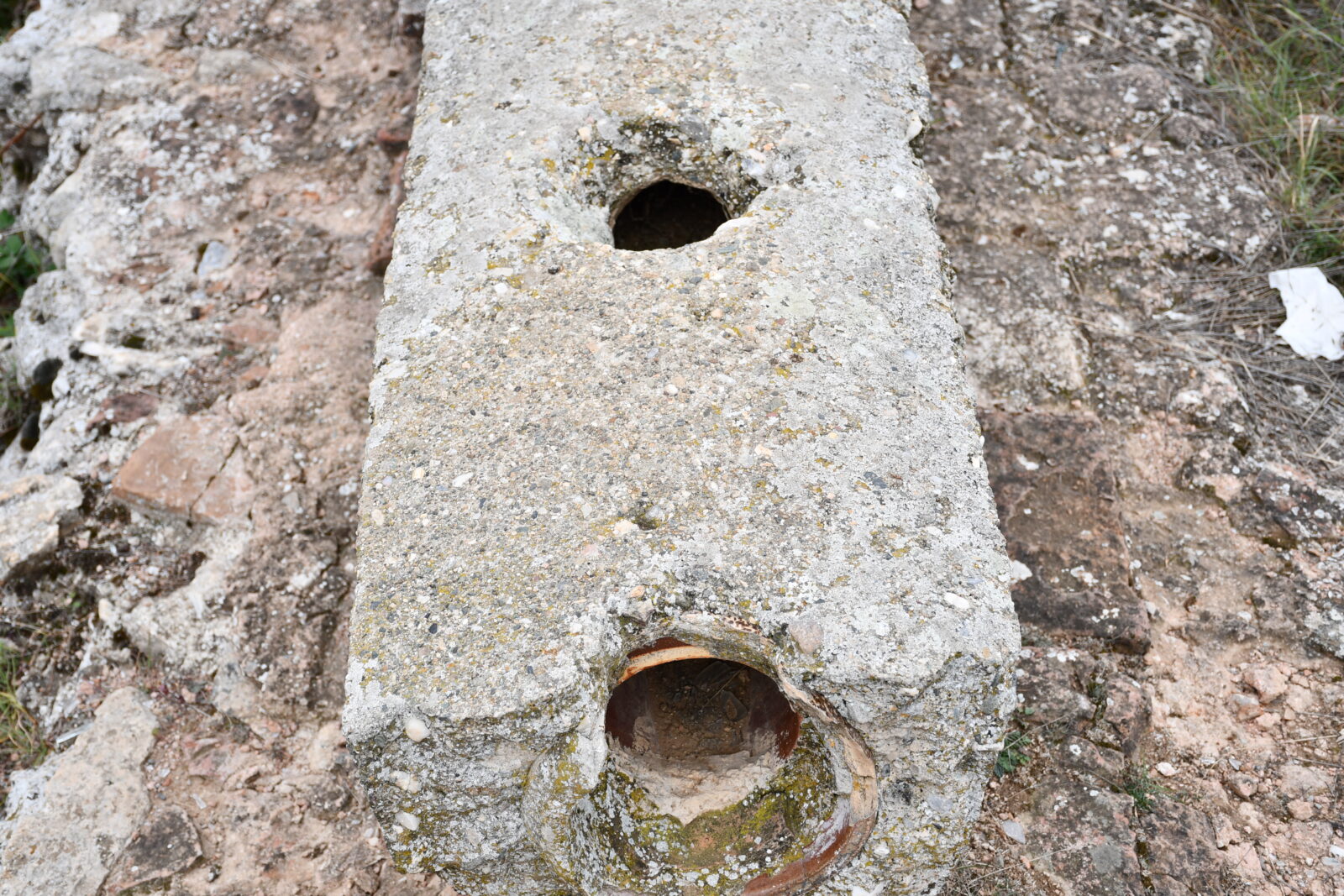
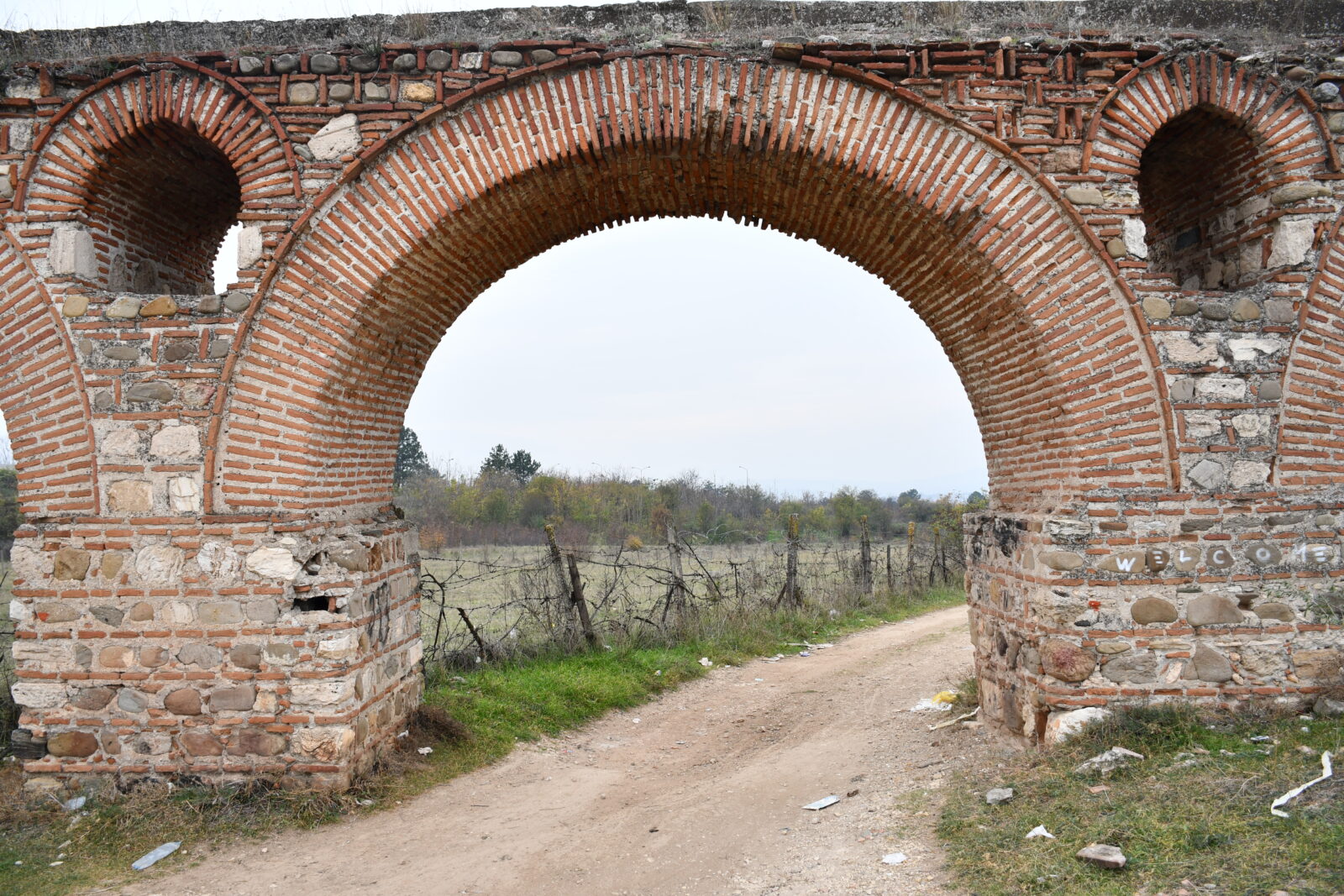
Historical enigma of Skopje Aqueduct
Located in the Vizbegovo district, the aqueduct’s origins remain shrouded in mystery. Some historians attribute its construction to the Roman Empire, suggesting it once supplied water to the nearby city of Scupi. Others argue it dates back to the Byzantine era, built during the reign of Emperor Justinian I. Another theory links its construction to the Ottoman period, citing architectural similarities to the Kurshunlu Han, an Ottoman structure in Skopje.
Known also as the Mustafa Pasha Aqueduct, it reportedly provided water to the Mustafa Pasha Mosque and the Old Skopje Bazaar near Skopje Fortress. Constructed of stone and brick, the aqueduct’s surviving section consists of 53 columns, 54 foundations, and 42 arches.
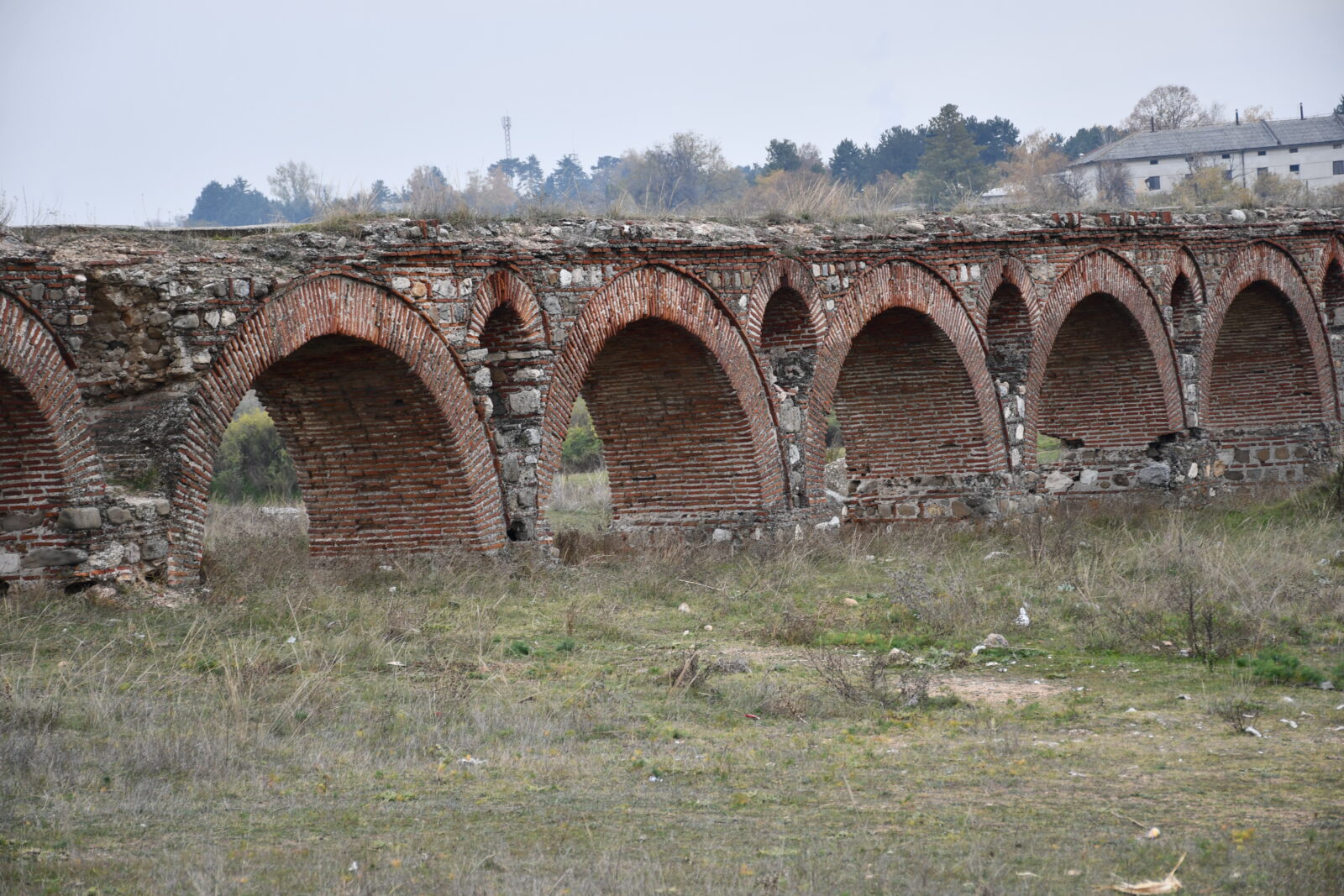
Restoration to be completed by 2028
Afet Jashari, State Advisor for Cultural Heritage at North Macedonia’s Ministry of Culture and Tourism, shared insights on efforts to restore the aqueduct. She noted that the initial restoration work began following Skopje’s devastating 1963 earthquake. Since then, annual maintenance has been conducted to preserve its remaining structures.
Jashari emphasized Skopje’s designation as the European Capital of Culture for 2028 as a pivotal milestone. “By that time, all necessary restoration efforts will be completed, transforming the Skopje Aqueduct into a key tourist attraction,” she explained.
The aqueduct was declared a cultural monument by the North Macedonian government in 2021, ensuring dedicated funding for its preservation. Restoration efforts are led by the National Conservation Center, with contributions from various stakeholders.
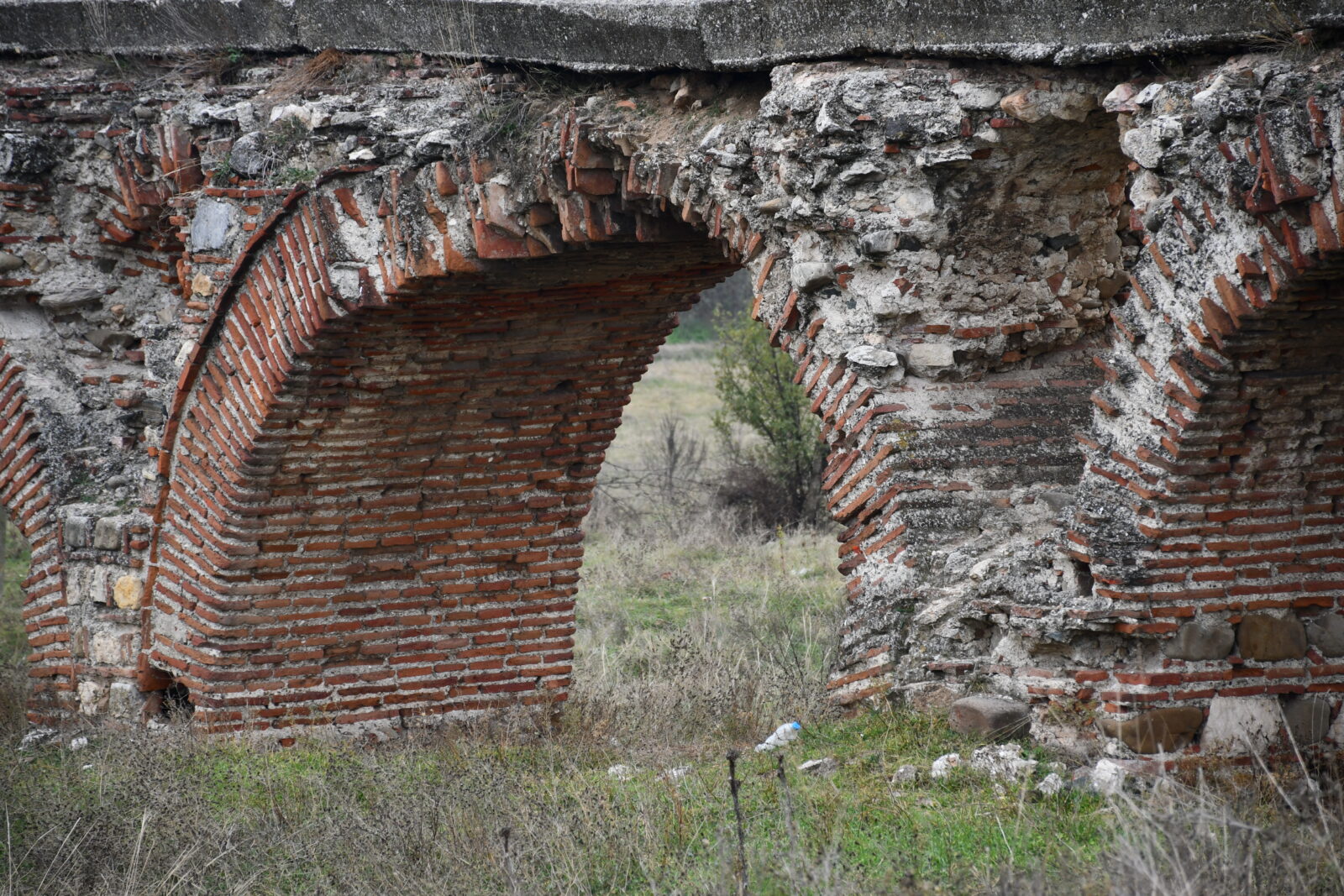
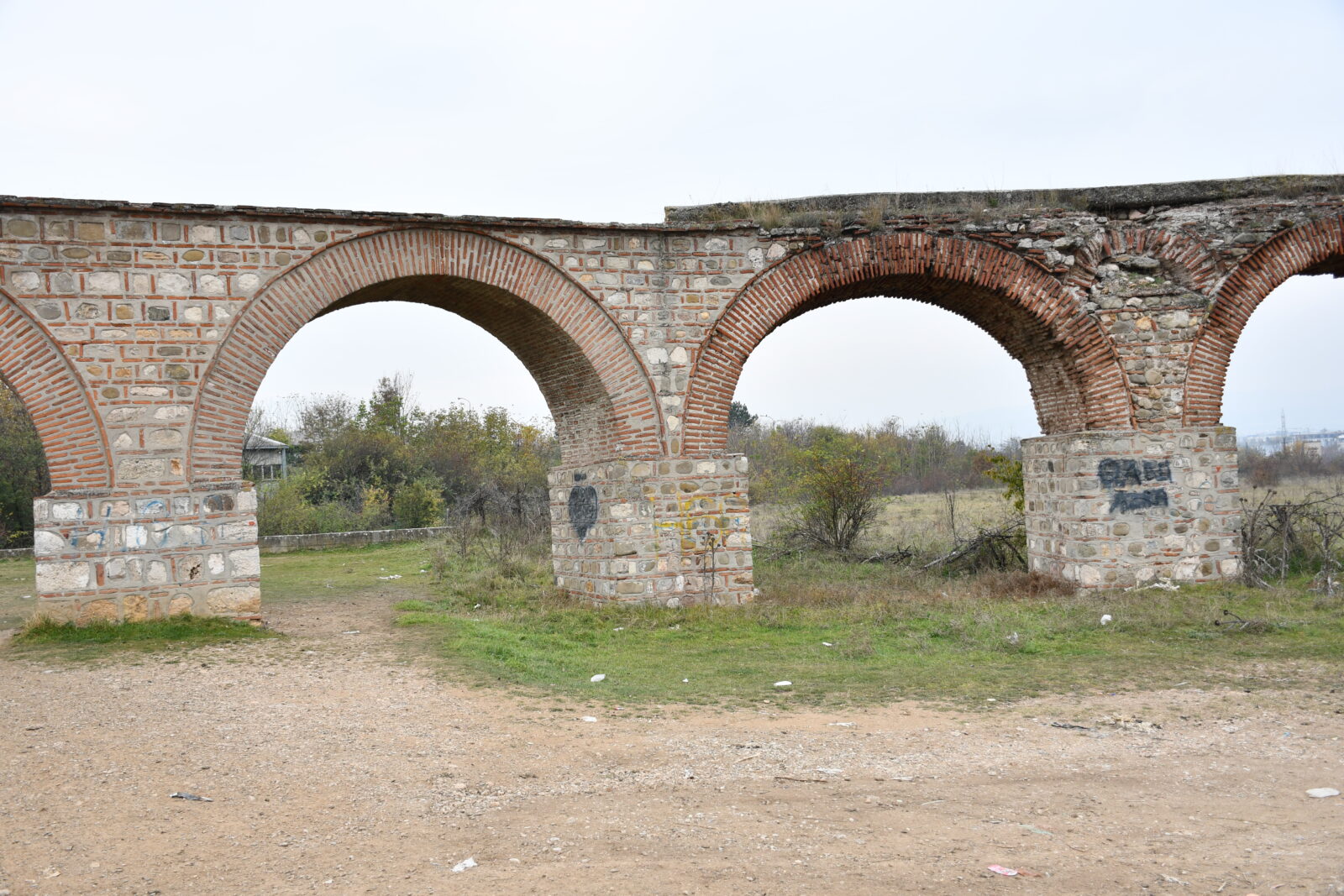
Future UNESCO contender
Spanning 387 meters, the aqueduct’s surviving section will be proposed for UNESCO World Heritage status. According to Jashari, achieving this recognition will underscore the importance of showcasing the restoration process.
“With state budget support and assistance from European and international organizations interested in preserving cultural heritage, the aqueduct will be fully restored as a complex by 2028,” she added.
Once restored, the Skopje Aqueduct is expected to serve as a venue for cultural, educational, and scientific events while becoming a major draw for tourists. North Macedonia hopes the revival of this architectural marvel will spotlight the nation’s rich historical and cultural legacy.

